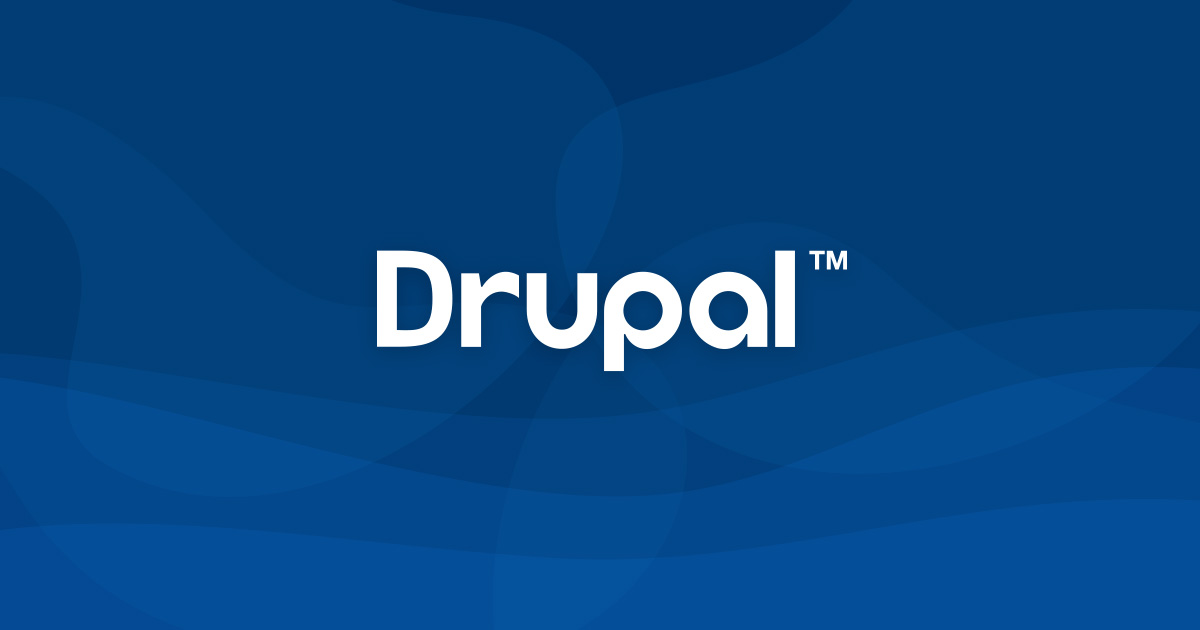If you have ever worked on Drupal, you would know how amazing this platform is. This powerful CMS has a lot more to serve your purpose of building a website. From flexible taxonomy and device-specific display to robust content administration, online community features, content syndication, in-built search, contributed module, and compliant templating and theming, Drupal has everything you need.
If you are new to Drupal or just want to know more about this content management system, here we are going to disclose four fun facts about this platform. So, let’s get started!
4 Fun Facts About Drupal
Contents
1. Drupal Has Connection with Former President Obama
Yes, you read that right. This CMS, which is your website building partner, also has a good connection with former US President Obama. Really?
Well, just after the ascension of Mr. Obama as President, The White House shifted its website platform. You know, what’s that platform name – it’s none other than Drupal.
Usually, the presidents don’t campaign on what type of CMS they use. Obviously, the platform has nothing to do with the election. But being a preferred choice of one of the world’s powerful governments, it shows the strength of Drupal.
But what would be the reason the Obama government has changed the White House CMS?
Well, it’s just to change and enhance how the government communicates with its citizens. If you look 12 years back, you can definitely get an idea of how Drupal improved the way the government communicates.
Mr. Obama is known for bringing openness and transparency to the federal government. Many believe that the migration of the platform was one of his first initiatives upon taking office.
This move was revolutionary. It also helped the government to save a few bucks, which they earlier spent on proprietary CMS. The initiative also indicated the trust of the government in open source software.
Here’s a look at the Drupal-powered WhiteHouse.gov website:

However, after one year of Trump’s oath as US President, WhiteHouse.gov quietly moved from Drupal to WordPress.
2. Drupal Got Its Name From a Misspelling
You will be amazed that Drupal is not the first name of this powerful CMS. Even it got its name from a misspelling. How?
History has the answer. Let’s dig out Drupal’s History.
In 2000, two students of Antwerp University named Hans Snijder and Dries Buytaert required an internet connection. But at that time, permanent internet connections were rare, so they set up a wireless bridge with the help of Hans’s ADSL modem connection. It worked, but they were missing something – a medium to stay connected with each other.
This was when Dries came up with the thought to start a small news site with a web board. For this, he and his friends created a small content framework where they share interesting news, post notes, and more.
After graduating, Dries thought of putting the internal site online to stay in touch with his friends.
When looking for the domain name, he considered “dorp.org.” Dorp is a dutch word that means village.
But when checking whether this domain name was available, he mistyped “dorp” as “drop.”
However, soon after its new name, new members were attracted to it, and it gradually converted into a personal experimentation environment.
The members started talking about syndication, moderation, distributed authentication, and rating. These thoughts worked as the foundation of features and methods in the software.
In 2001, Dries thought of extending the platform and gave it a new name, “Drupal”.
3. Drupal Is the Best Friend of the Education Sector
Did you know 71 of the top 100 universities are powered by Drupal, including MIT, Stanford, Oxford, etc.? Or that more than 26% of all .edu domain sites are built with Drupal?

But why do educational institutes are ‘fans’ of drupal?
This is because Drupal gives freedom to developers to tailor the higher education solution per their needs.
- Flexible: Drupal can help you build a range of solutions for the educational sector.
- Secure: Security for educational sites is critical – this is where Drupal stands out from most CMSes.
- Scalable: This robust content management system has multi-site functionality that allows developers to centrally control and manage the brand and institution while giving content independence to each department.
4. Drupal Allows You Bridge Language Gaps
With globalization, companies are considering expanding their business to other nations. But language barriers often came in their way.
This problem can be overcome by going with Drupal.
Yes, this agile CMS is great for multilingual sites.
You may have seen the World Economic Forum website in English and other prominent spoken languages, like Japanese, French, Chinese, and Spanish. Oxfam, an international confederation of 19 organizations, has its website in French, Spanish, and English.
What is common between these two sites?
It’s Drupal.

Did you know that Drupal core (the basic set of modules and functionalities that come with every installation of Drupal) has been translated into over 90 languages, including all the most spoken languages?
The CMS has out-of-the-box support for language handling and assists you in creating a localized digital experience, helping you reach out to a bigger audience.
Drupal 8 core has four core modules for localization of website content:
Translating Interface
This module provides the developer with a central directory to manage the interface. It has a built-in translation UI that simplifies editing. The module allows automatic downloads and updates that enable users to use any translation interface available in the Drupal community.
Administering Language
Administering Language is a language handling module that allows you to pick from 94 languages.
You can easily assign a language to everything from administration language to taxonomy terms. Each user has the option to select his or her own language from the admin interface. In addition, there is a built-in transliteration for the machine names.
Managing Configuration
This module allows you to translate everything that comes in your way of website configuration. You can easily translate panels, views, text formats, field panels, and blocks with the help of its in-built translation interface.
Translating Content
This module lets you translate everything from the taxonomy terms to pages. You can configure custom fields of web content. The default language of your content can be flexibly configured, and you can even display or hide the language selector position.
Final Thoughts!
Drupal has everything a developer needs to build an agile, robust, dynamic, and responsive website. You can target non-native customers, engage potential customers through multiple channels, and easily scale as your business expands.
But it’s critical to consult an experienced and reputable website development agency. Their experts will walk you through the benefits you’ll get by choosing Drupal as your CMS. They have hands-on building a Drupal-powered website that can help you rule in your field.

